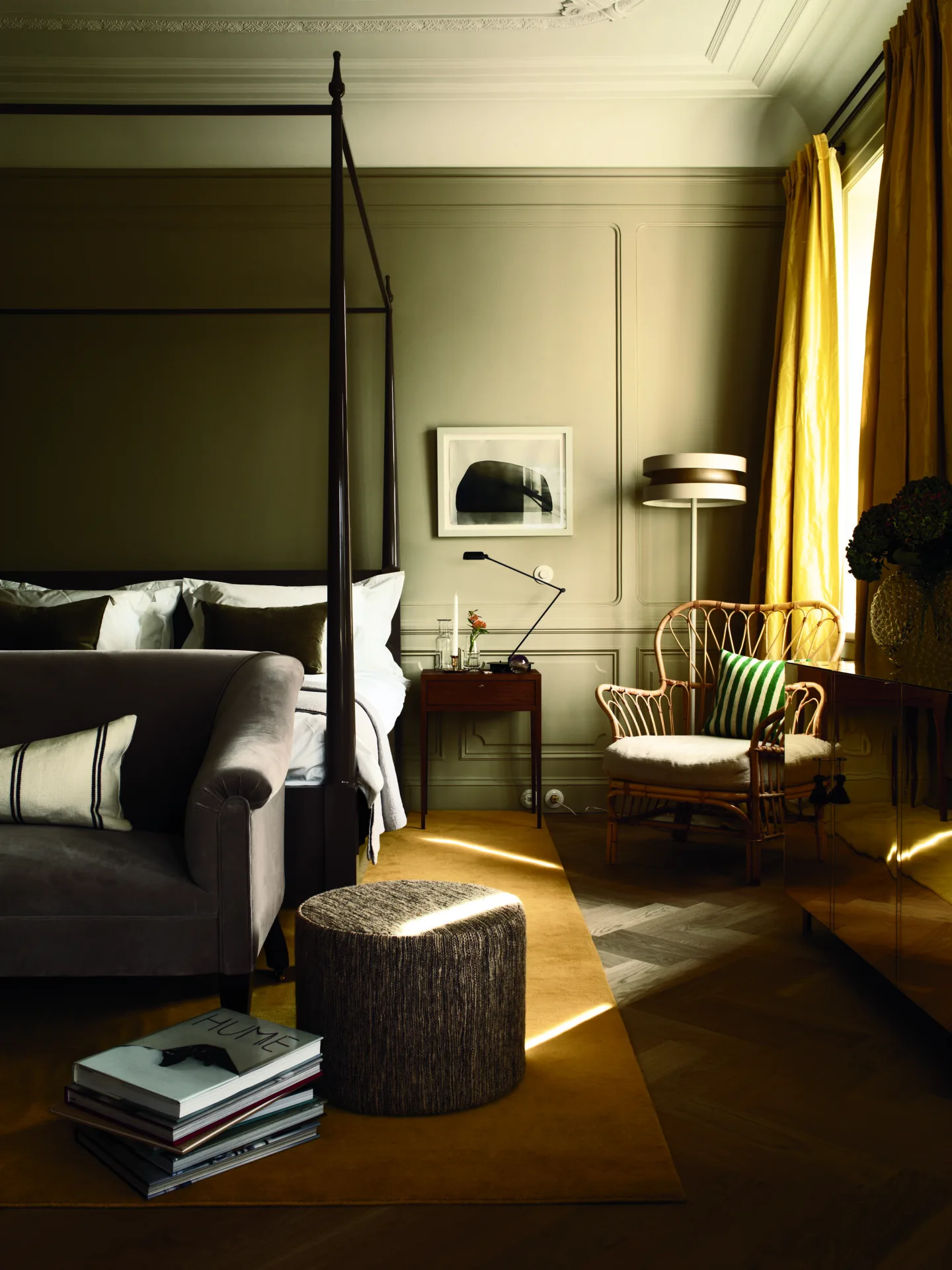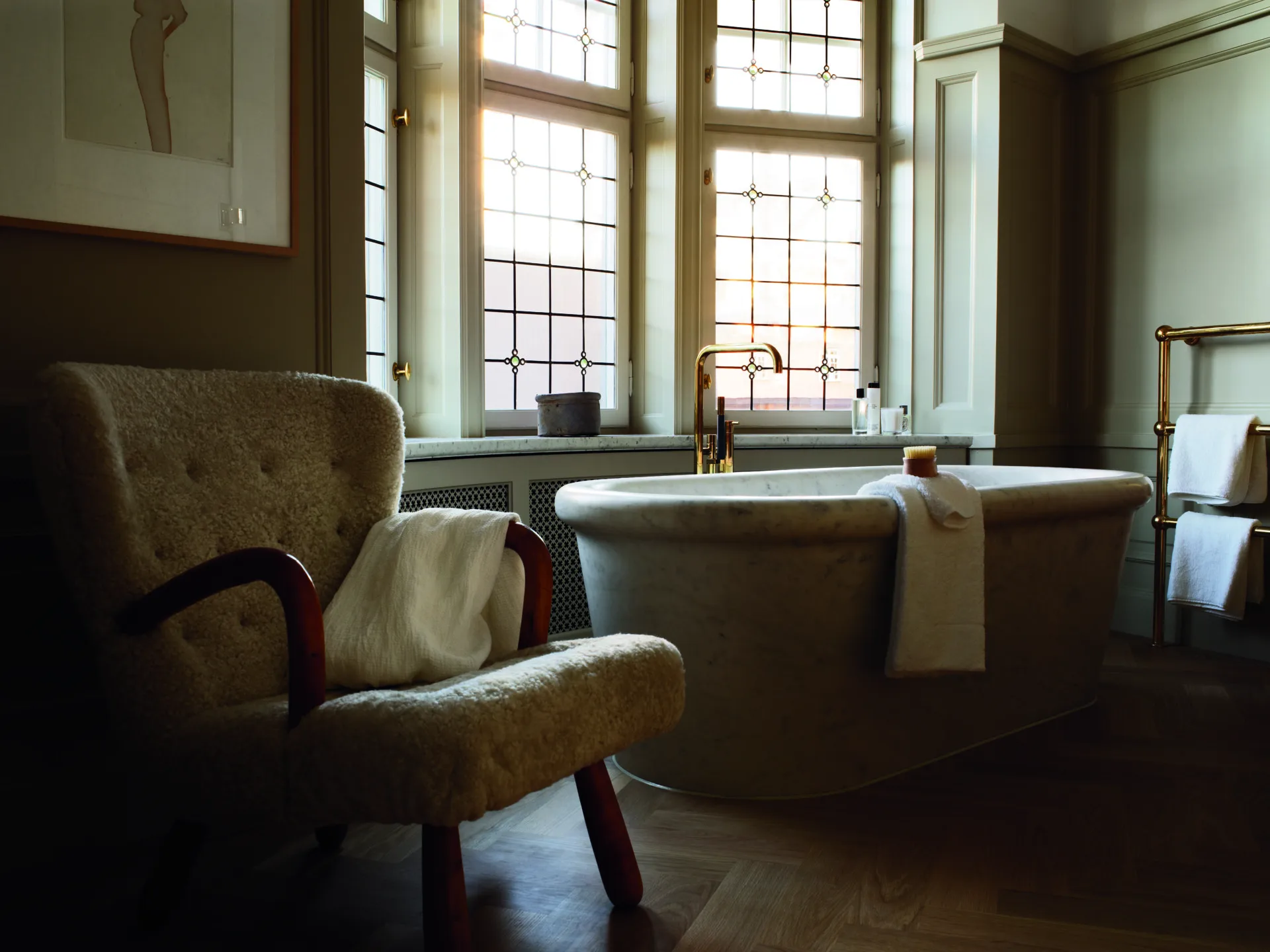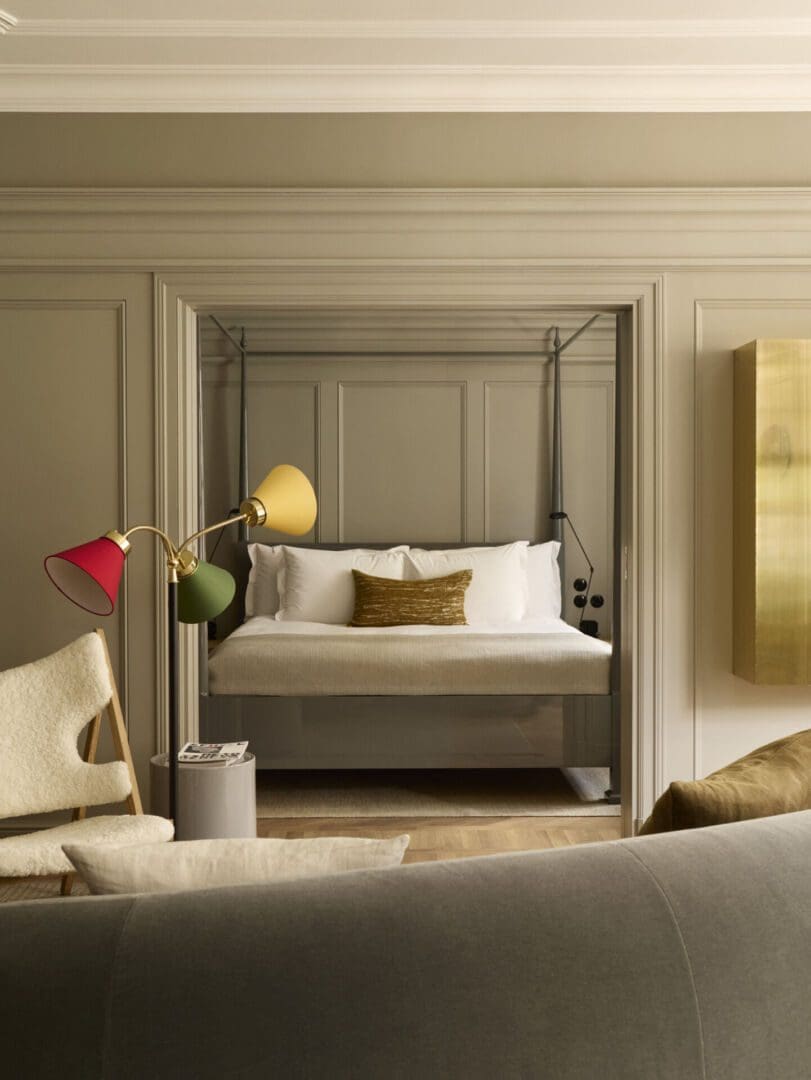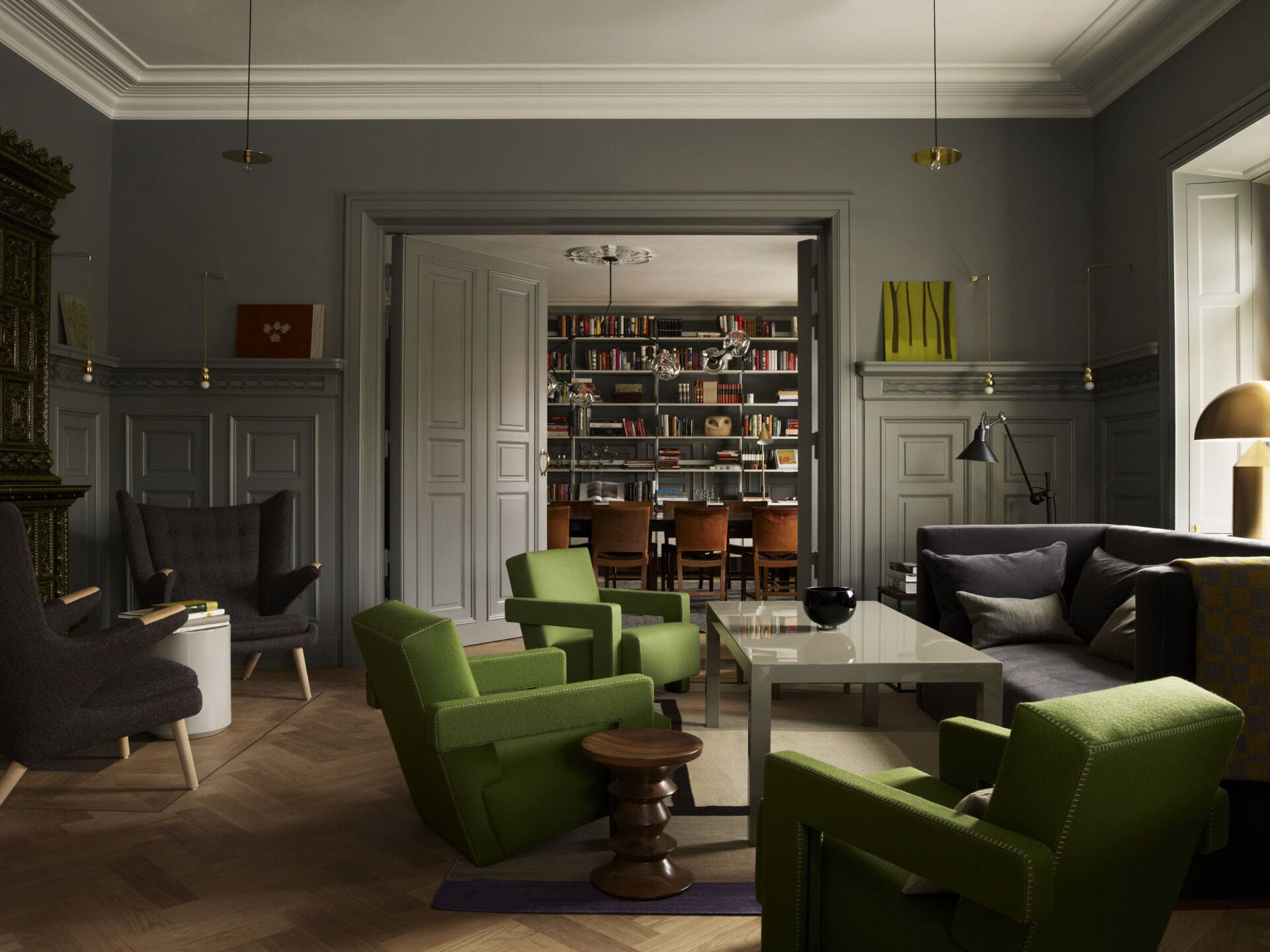
With ‘quiet luxury’ taking hold in boutique hotel design, London-based writer, editor, and luxury travel expert Sanchita LaMore weighs in on the thought-provoking nuances behind the trend, and what it means to us as modern travellers.
In a time when we’re almost constantly bombarded by over-the-top displays of wealth, especially online, the concept of ‘quiet luxury’ has emerged defiantly. First coined in the fashion sphere, the term reflects a shift away from conspicuous consumption, championing simplicity instead. This is sophistication without the noise, and advocates are making more than a style statement — they’re sending a very clear message that they choose substance over showmanship. It’s almost like belonging to an exclusive club, where a knowing nod from a fellow connoisseur signifies that you’ve somehow unlocked the secret to genuine sophistication.
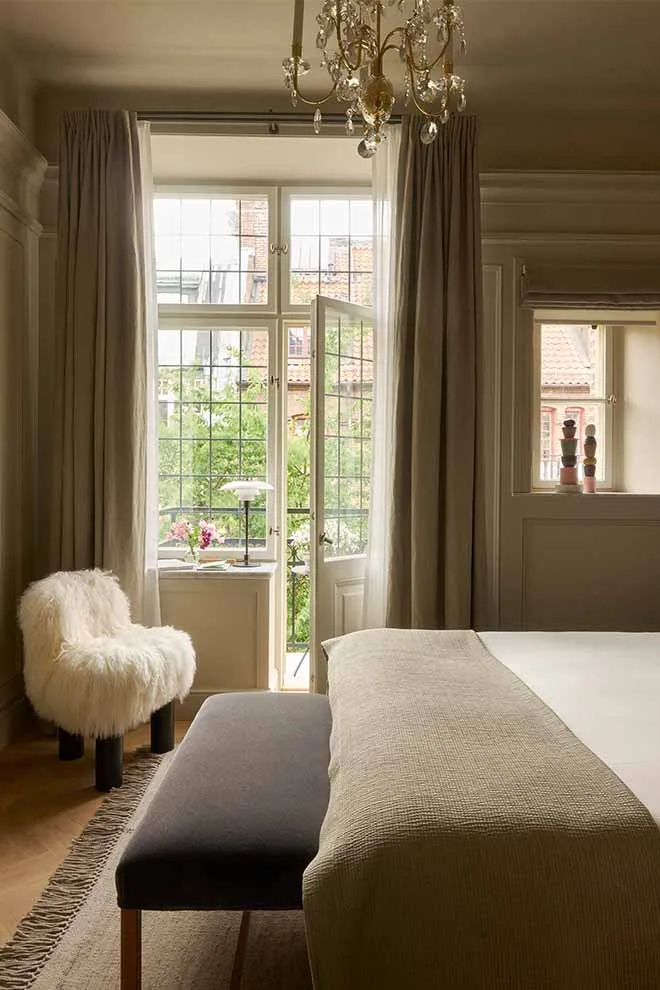
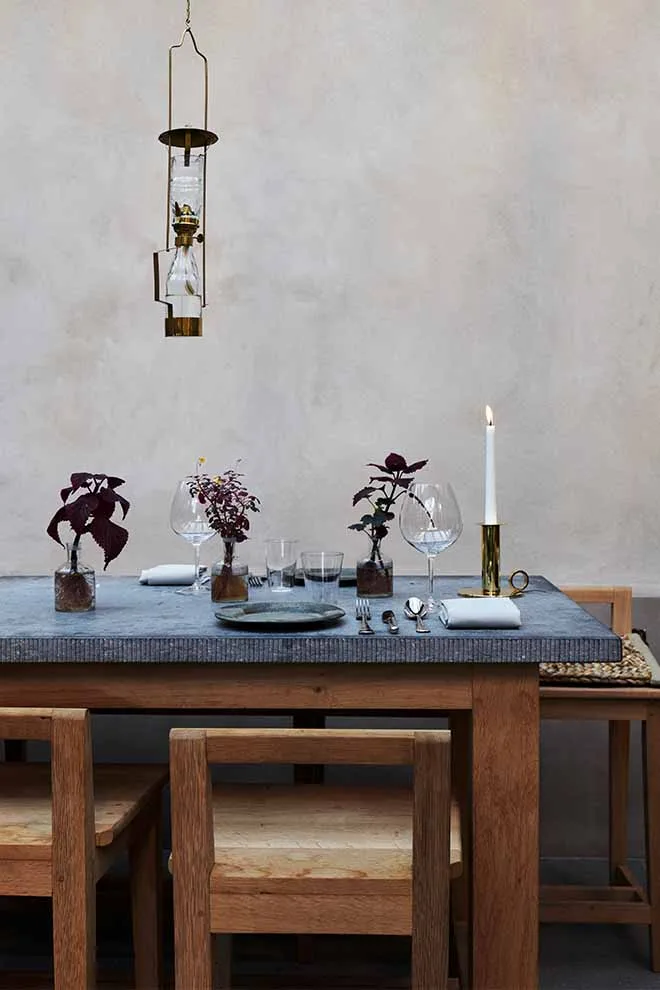
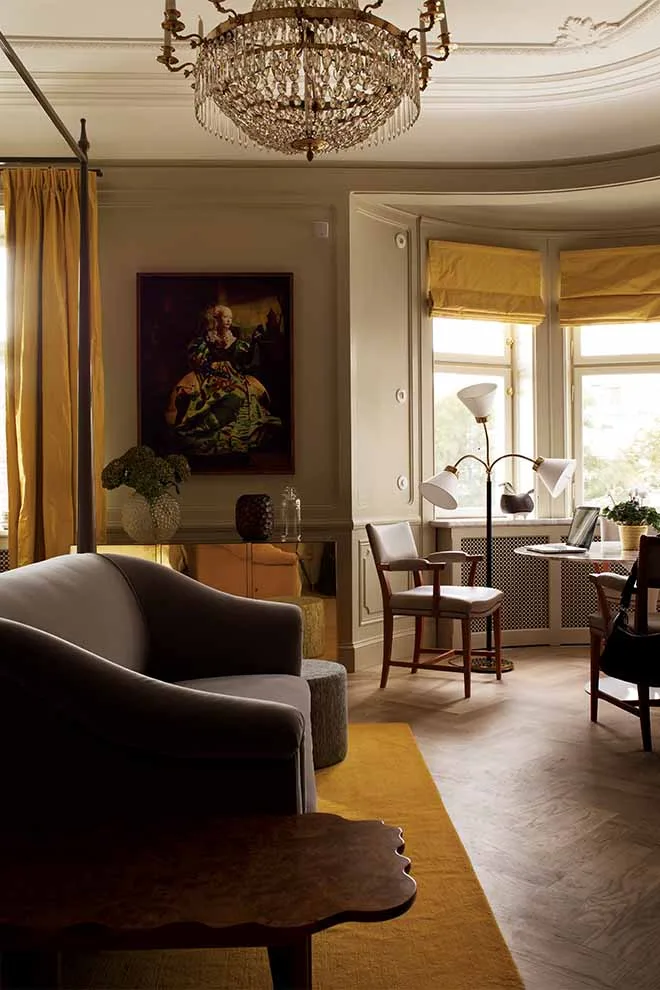
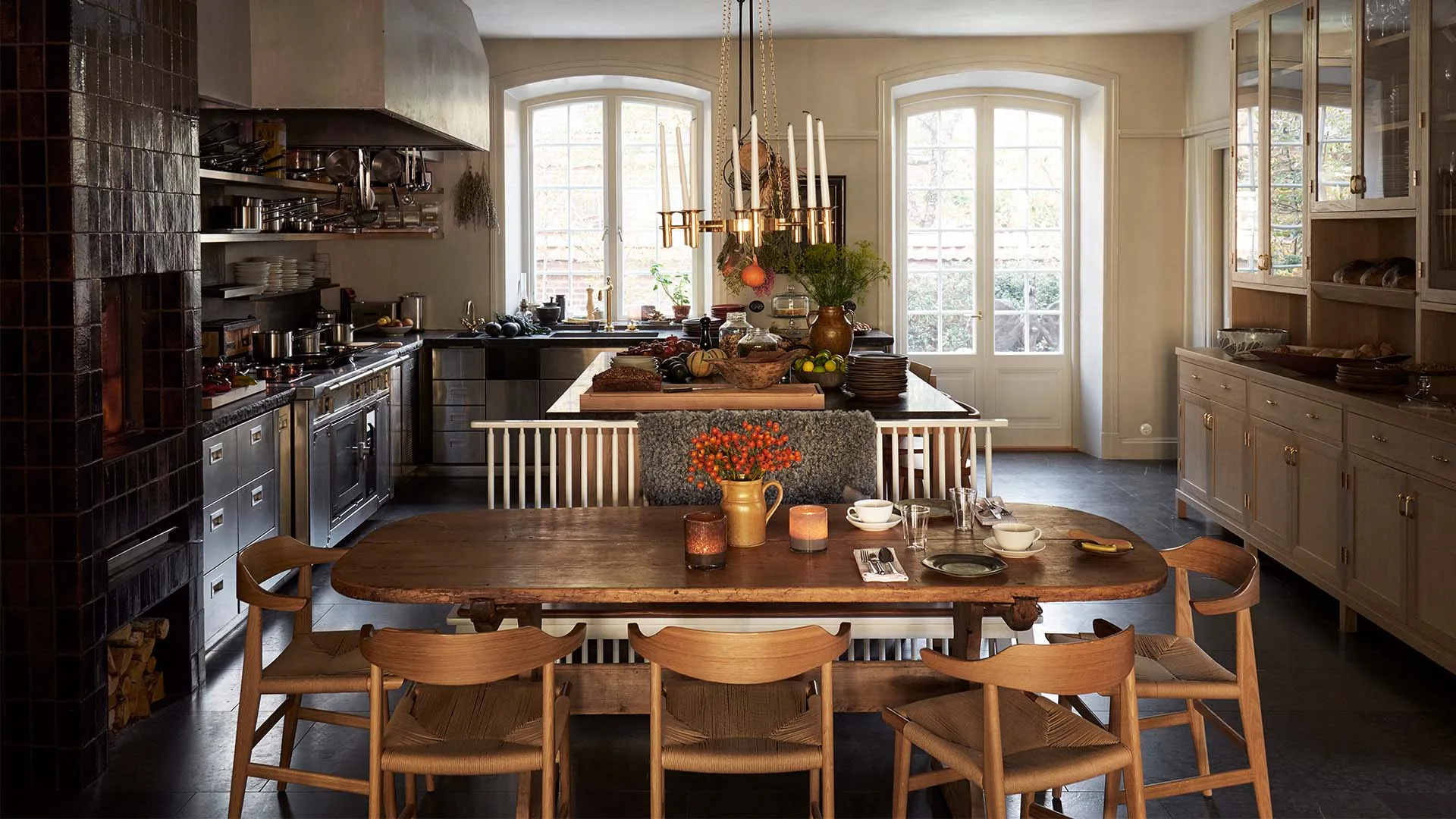

Because in the scope of quiet luxury, if you know, you know.
Now, this sense of understated elegance is transcending catwalks and department stores to walk the sumptuous corridors of boutique hotels. It’s much needed, and it’s also reshaping what the notion of ‘luxury’ means within the travel industry. Previously, it seemed that the grander the display, the more luxurious the perception. But the game has changed, as we transition from the glaring to the graceful, redefining indulgence for the modern traveller, who doesn’t seem so enthused by the frills.
So, what exactly is catalysing this shift?
I’d say it’s a digital disruption coupled with cultural mood swings. In a hyper-connected world, it turns out that more isn’t always merrier. Instead of doubling down on glitz and glamour, the trend is gravitating to something grittier, more candid. Maybe it’s down to the effects of the ‘Instagram overdose’, but luxury decided to mature. It’s less ‘look at me’, and more ‘understand me’, as it engages in a quiet, impactful conversation. In this discourse, depth, nuance, and good old-fashioned discretion take centre stage.
When considering hotel design, the principles of quiet luxury are becoming fundamental.
At its heart is a sense of minimalism, which isn’t necessarily about adopting an aesthetic of ‘less’, but one of purpose. These days, travellers are more discerning than ever and can see far beyond décor that’s there ‘just because’. It’s no longer about the superfluous artwork or chandeliers, but about thoughtful and careful design choices that enhance, rather than overshadow, the guest experience. What’s more, the details matter, right down to the lighting and linens.
In its simplicity, this minimalist design is accentuated by authenticity. While we may advocate for globalisation in other sectors, I’m convinced that within travel, the ‘universal’ has little to no appeal. After all, why journey to a new destination only to experience the familiar cultural undertones of home? For hotels, the aim should be to craft a distinct narrative that’s irreplicable elsewhere in the world — and those vast resorts of yesteryear are giving way to more intimate spaces that can do just that. I’ve always maintained that smaller hotels are much better conduits to local communities, given their flexibility to embrace and showcase local traditions and craftsmanship.
There’s also an increasingly critical dialogue surrounding the concept of sustainability in design. As environmental concerns intensify, luxury hotels are starting to recognise that being eco-friendly isn’t just a cute nod to a trend, but a vital commitment. This doesn’t mean compromising on comfort, however, as we’ve already seen that sustainable practices can coexist with, and even enhance, the guest experience.
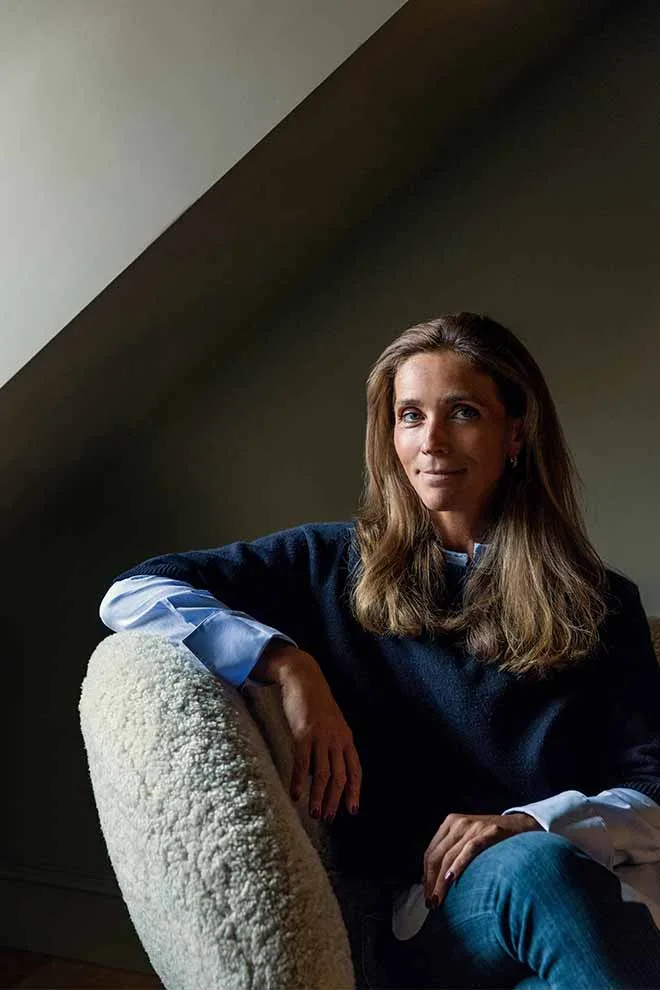
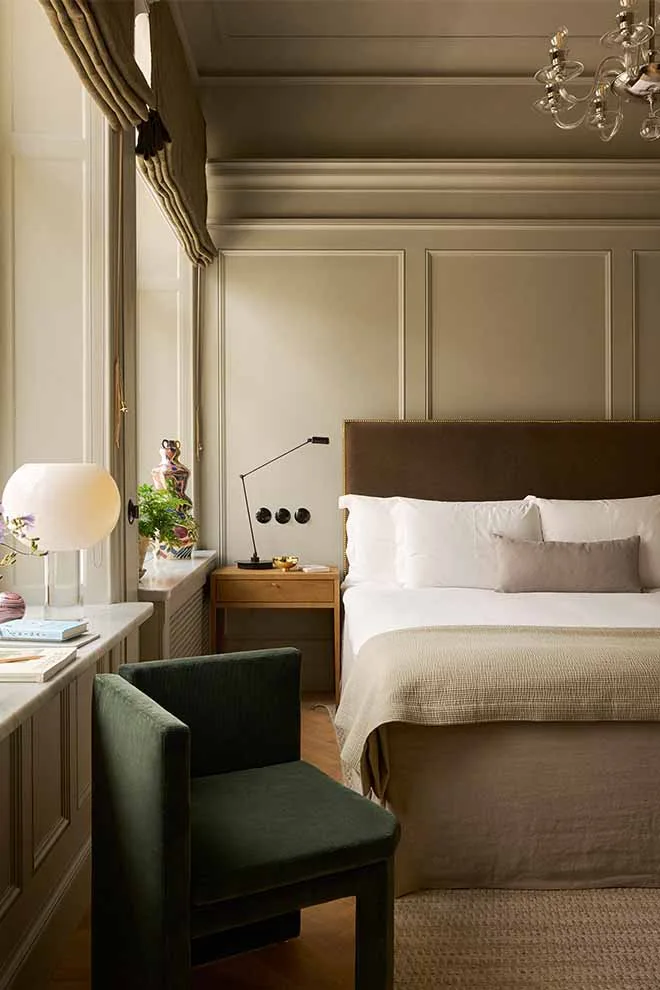
Ett Hem, Stockholm
A prime example of these tenets is Ett Hem in Stockholm’s Östermalm district. Originally an Arts and Crafts townhouse, this 25-bedroom sanctuary effortlessly combines history with contemporary flair under the guidance of owner Jeanette Mix (pictured) and designer Ilse Crawford, who together skilfully meld Scandinavian aesthetics with antique pieces.
Through and through, the hotel embodies Swedish hospitality, which is deeply rooted in a culture that values community, equality, and ‘lagom’— which loosely translates to ‘just the right amount’. In other words, the Swedes are intent on making guests feel less like visitors and more like family. Ett Hem demonstrates this by inviting guests to become a part of its daily rhythm, from serene moments in the garden to chatting with the chefs in the communal kitchens. The emphasis is on warmth and closeness, and this commitment to forging authentic connections — combined with an appreciation for design and heritage — is exactly what quiet luxury represents.
I suppose one thing is clear: quiet luxury is no longer a trend…
It’s a revolution, challenging the conventional notion of excess. In travel, it fosters mindful or intentional experiences, encouraging us to make more value-driven choices. We’ve been navigating façades for far too long, and perhaps quiet luxury is what we need to re-evaluate our priorities. For in the comfort of a well-designed space or genuine smile, we might discover that true richness is not found in the more boisterous displays.
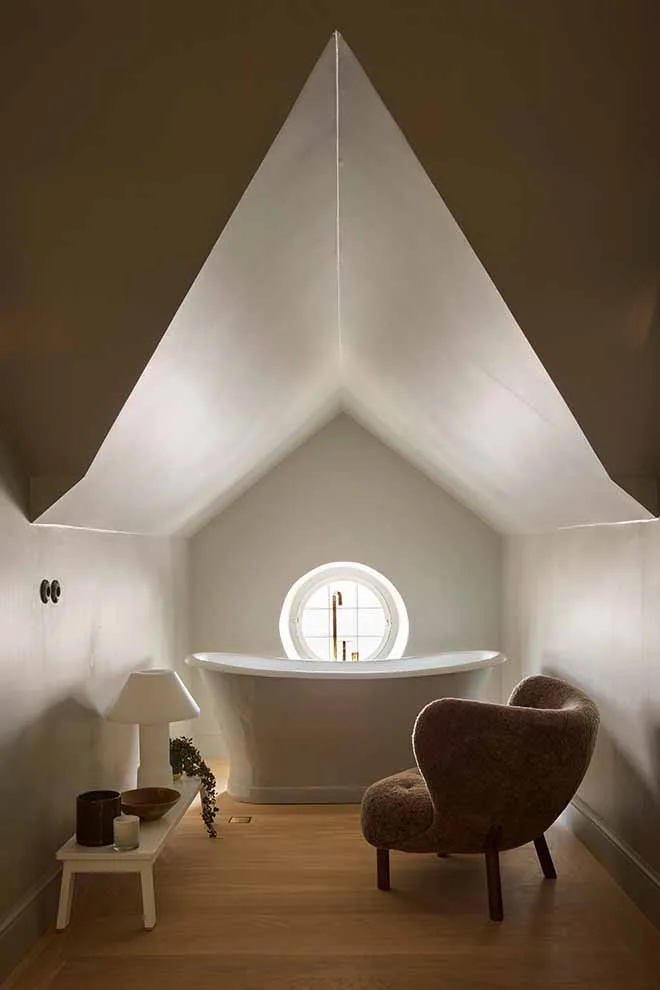
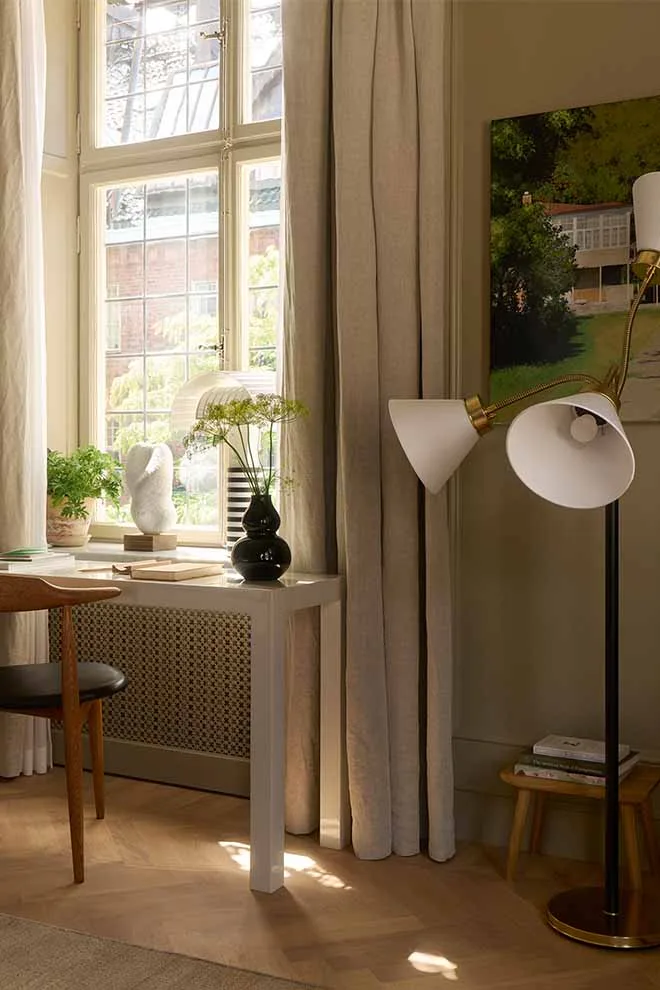
As travellers, I hope we can cherish the journey of seeking luxury in the subtleties — in the stories whispered, not shouted.
Latest stories
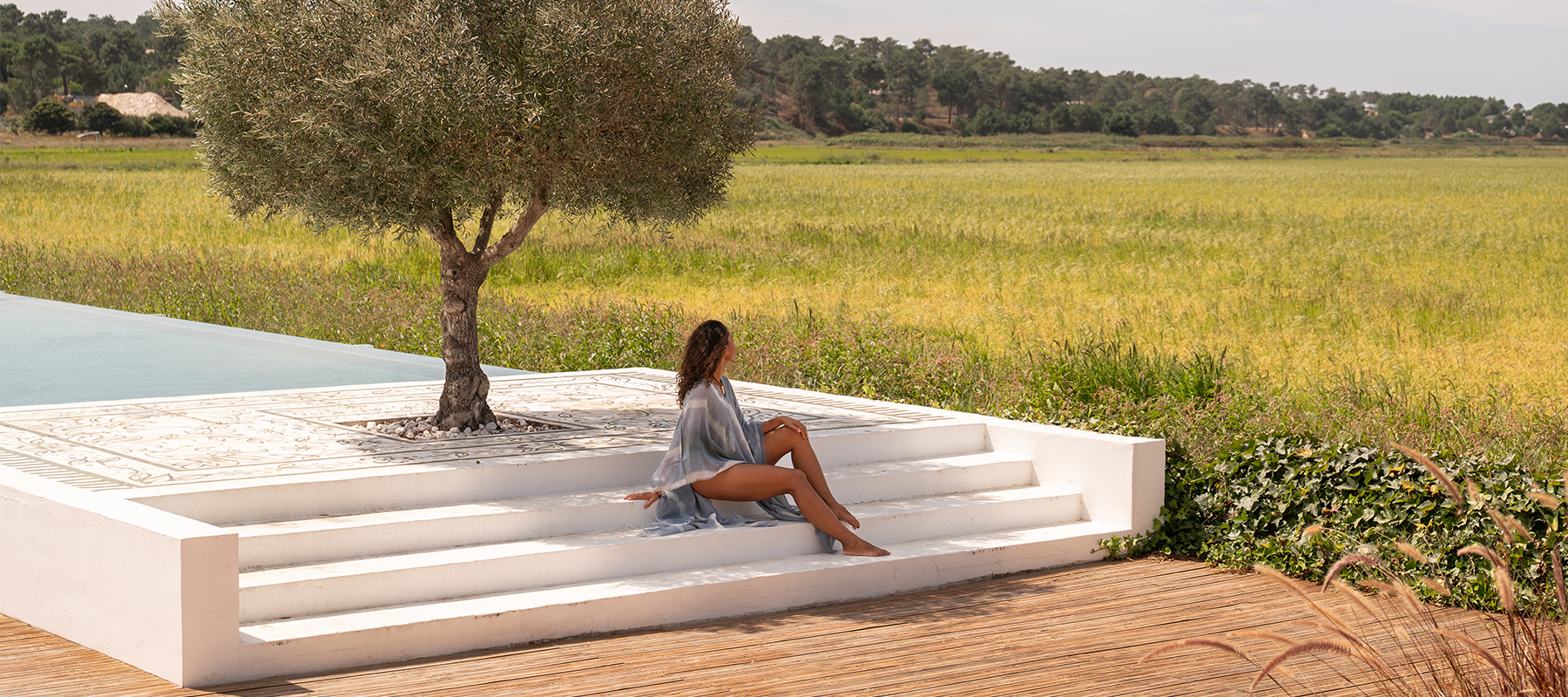
Wildly restorative: 5 nature-immersed wellbeing retreats
When life feels overstimulated and ungrounded, nature has a way of calling us back to ourselves. From jungle canopies and thermal rivers to rice paddies and seaweed-wrapped coastlines, these wellbeing retreats invite a slower, more intuitive kind of restoration — one shaped by landscape, culture and ancient ritual. Part of

From Nordic cabins to cave suites: top boutique hotels for January
January has a way of sharpening the senses — a moment to pause, take stock and choose travels that feel intentional. Some escapes offer deep calm in dramatic landscapes, from Norway’s island edges to Sri Lanka’s mist-wrapped highlands. Others inspire with vineyard views in South Africa’s wine region, stone-carved suites
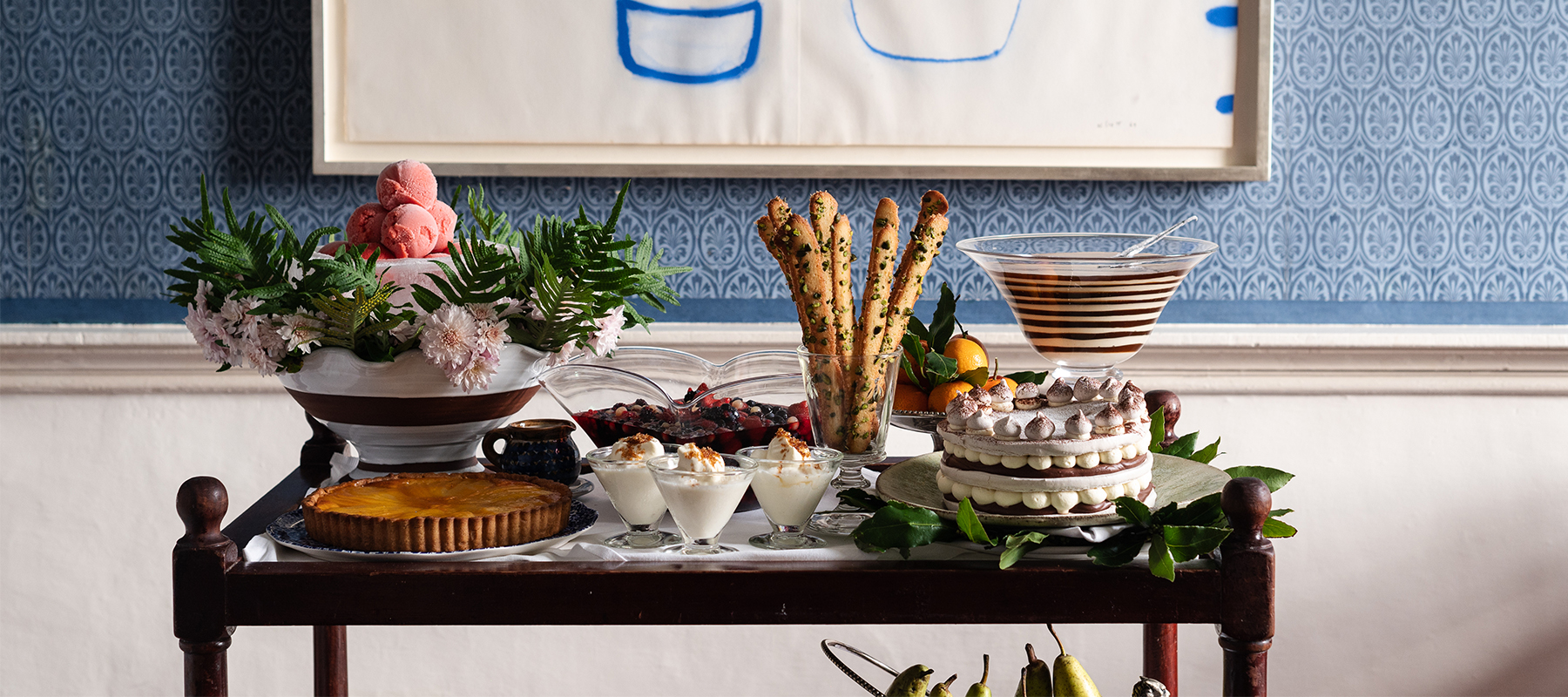
A foodie guide to Ireland: from coastal catches to country kitchens
With Guinness as rich as its landscapes are green — and whiskey never far from reach — Ireland’s charms can be drunk in and eaten up from the moment you arrive. And while its culinary reputation has soared in recent years, nothing quite compares to tasting your way around the

The natural highs of hiking solo in Costa Rica’s cloud forest
Out of nowhere, a stark yet melodic chirp punctuates the dense moss-heavy virgin forest, halting me in my tracks with its hypnotic, unadulterated beauty. I later discover it was likely the song of a black-faced solitaire, a bird that’s rare to see, yet glorious to the ears. And just one

